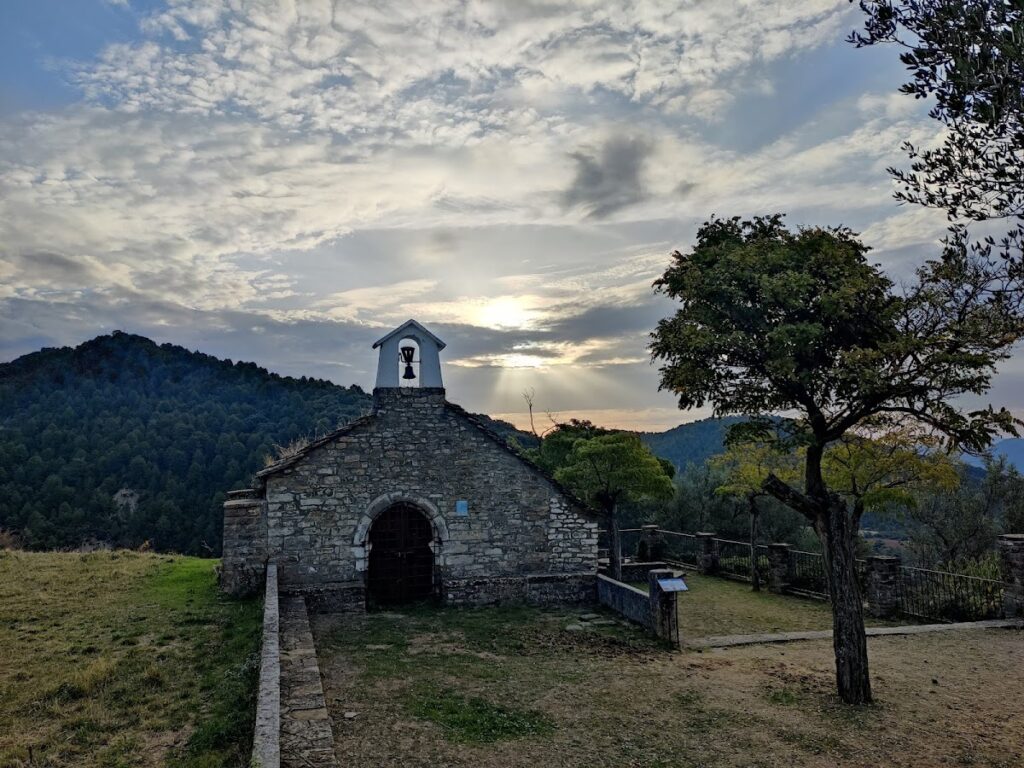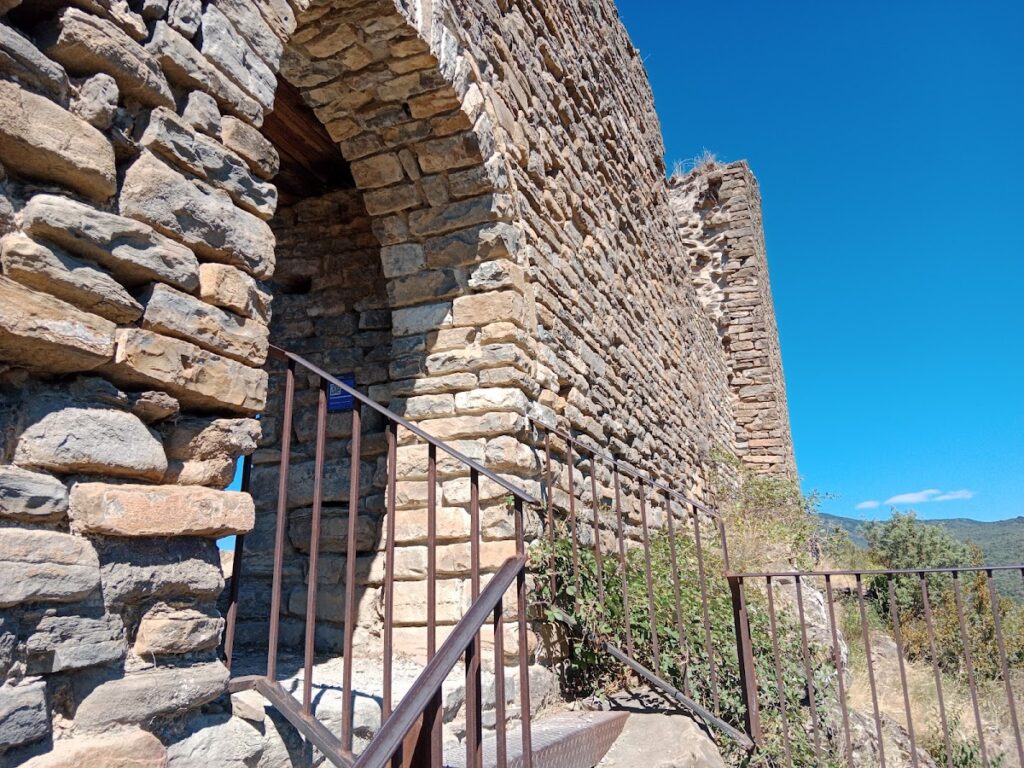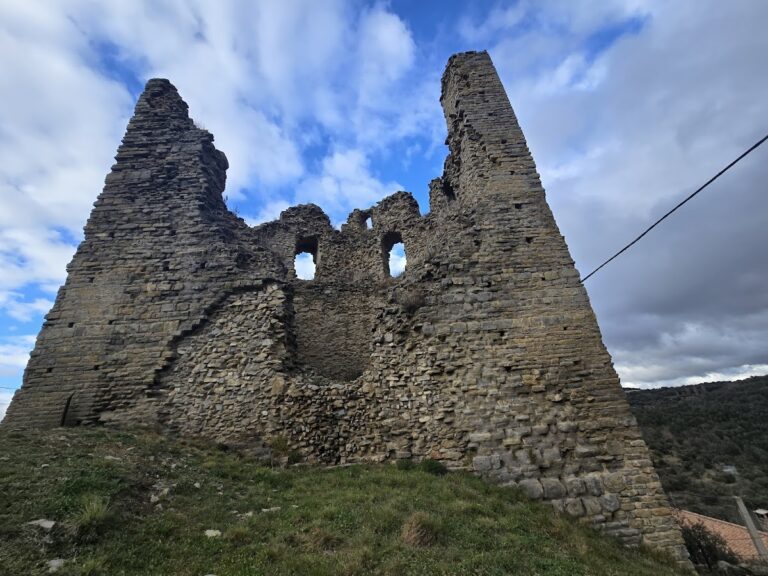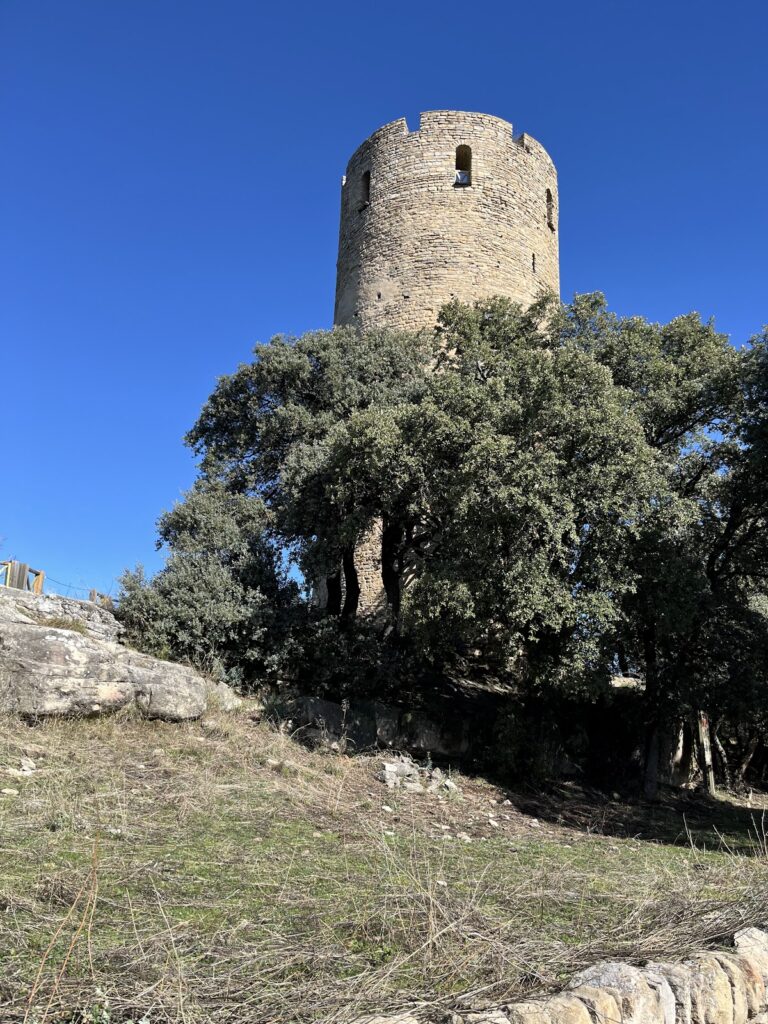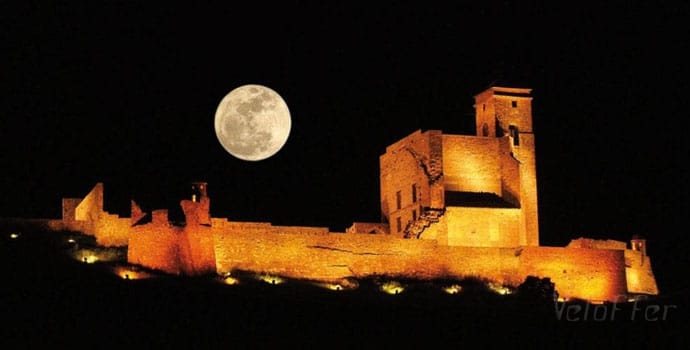Castillo de Boltaña: A Historic Fortress in Spain
Visitor Information
Google Rating: 4.2
Popularity: Low
Google Maps: View on Google Maps
Official Website: www.turismoboltana.es
Country: Spain
Civilization: Unclassified
Remains: Military
History
The Castillo de Boltaña is situated in the municipality of Boltaña in Spain and was originally built by Muslim rulers to protect the Sobrarbe region. Its early strategic value derived from overseeing the Ara Valley from a commanding hilltop position, a site with human settlement dating back to Roman times.
During the 10th century, this fortress played a key role as a frontier stronghold under the caliph Abd al-Rahman III of Al-Ándalus, who appointed Amrus ibn Muhammad as its governor. This appointment highlights the castle’s importance in defending against advancing Christian forces during the early stages of the Reconquista, the centuries-long effort to reclaim Iberian territories.
By the year 941, control of Boltaña had shifted into Christian hands under King García Sánchez I of Pamplona, reflecting changing political and military fortunes in the region. Throughout the 11th century, the castle remained a significant military post under the rule of Navarrese and Aragonese kings such as Sancho III and Ramiro I. Governors including Gimeno Garcés and Sancho Galíndez managed the fortress between 1028 and 1080, overseeing its defenses amid ongoing Christian efforts to expand territory.
In the 12th century, Boltaña’s prominence waned as neighboring Aínsa rose in importance. This transition was cemented in 1124 when Alfonso I, known as the Battler, granted a formal charter to Aínsa, elevating it as a center of governance while reducing Boltaña to village status without municipal privileges. Later, in the 15th century, the lordship of Boltaña passed to Juan de Bardají, but facing resistance from local nobility, King Alfonso V rescinded the town’s privileges and reaffirmed direct royal authority over it.
Today, Castillo de Boltaña stands recognized for its cultural and historical relevance as a protected heritage site in Spain.
Remains
The remnants of Castillo de Boltaña reveal a pentagonal fortified enclosure designed to maximize defense from its elevated position. The walls, constructed of roughly cut stone blocks, form a robust boundary with a notable tower at the enclosure’s northern tip, placed on the highest and narrowest terrain to oversee the surrounding landscape.
Entry into the castle is gained through an eastern gate distinguished by a semicircular arch, a classic architectural element permitting controlled access. Defensive features include two narrow vertical openings known as arrow slits, positioned in the eastern and southern walls. These slits allowed defenders to launch arrows at attackers while minimizing their exposure.
The northern tower, although largely in ruins, retains an intriguing dual shape: it appears hexagonal from outside but is square internally. Built with irregular stonework typical of the period, the tower served as the fortress’s focal point for surveillance and defense.
Overall, the castle’s surviving structures convey its former military function and sit within the larger context of medieval fortifications in northern Spain. Its designation as a culturally significant monument underscores the value of these enduring architectural traces.


